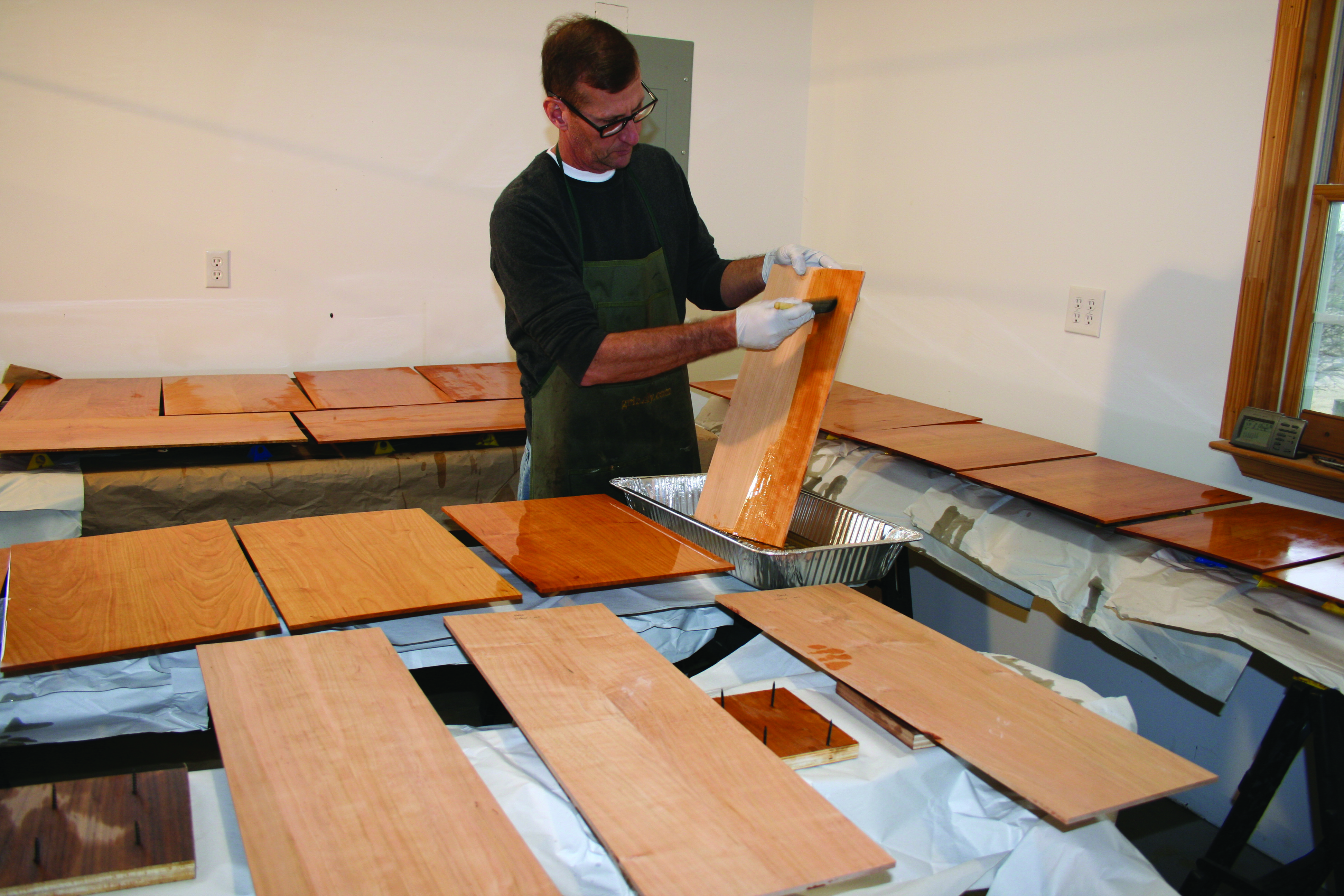Saved by a San Juan Worm
By Doug Humphreys
It’s called a San Juan worm, and it saved my life. Okay, that’s a bit much. It didn’t really save my life. It did, however, save me from a life without fly fishing.
When I was ten years old I got my first fly rod. In our backyard swimming pool I practiced standard, false, and roll casts until L.L. Bean himself would have asked for tips. I learned the Albright Knot, the Nail Knot, and the Improved Clinch Knot. I asked for flies for my birthday and Christmas, and in no time had a fly box full of dries, streamers, bead heads, and poppers.
I terrorized bluegill in the ponds around my neighborhood. I could lay a brightly colored popper beneath any tangle of branches, then with a flick of the wrist create a splash that no panfish could resist.
When I was twelve, my family went on vacation to The Homestead in Virginia. There are a million reasons a person might want to go to The Homestead, but I cared about only one. On the property was a private trout stream, and I’d be able to fish it.
The first morning I walked the trail to a pool that looked promising, and rolled the perfect cast, laying a dry in just the right spot. Nothing. I spent two days casting dries and bead heads to no avail. Late in the afternoon on the second day, I tied on the biggest streamer I had, let it sink to the bottom of a pool, and pulled it through as fast as I could.
I got a hit; then my rod started to jump. When I flopped the fish onto shore, my heart sank. The hook was firmly lodged in a gill. I hadn’t caught the fish, I’d snagged it. It was an accident. But snagging a fish is number one on the list of fly fishermen don’ts. I felt sick.
I set out on a quest to catch a trout with my fly rod, with a fly, the right way. Through junior high and high school I fished the town run in Shepherds-town. I fished the Opequon. I fished private streams made public during trout stocking season. Nothing.
At Penn State I fished with the fly fishing club in both stocked and native streams. Four years of fishing with guys who knew what they were doing produced nothing. By the time I graduated I figured that fish I’d snagged as a twelve-year-old had applied a permanent and unbreakable curse to my fly fishing. I gave up.
Fast forward almost 20 years. While planning a hunting trip to Wyoming I noticed a high mountain stream near our camp site. I called a local fly shop and asked if it had trout. It did, cutthroat.
I decided to blow the dust off my fly rod. After all, one can’t go all the way to Wyoming, camp right next to a trout stream, and not wet a fly. I restocked my box with the flies recommended by the fly shop. A few dries, a few bead heads … and the San Juan worm.
My first spot required a roll cast. It was pathetic. I moved to a spot that allowed a standard cast. It wasn’t great, but it landed the bright red worm in the current. Immediately there was a splash. My rod jumped as I pulled the line. When I landed the fish, I found the hook neatly set in the corner of the mouth. The curse was broken, thanks to the San Juan worm.
I know that I’ll never be a fly fisherman. To call myself one would be an insult to those science-minded artisans who can match the hatch then float a fly like magic to a place where a trout can’t help but strike at it. But I will forever enjoy my place as a wannabe.
For those who want to be a wannabe like me, or those who think they may have what it takes to be the real deal, start with a visit to a fly shop. You could do worse than the White Fly in Shepherdstown—but most shops can get you what you need.
Fly fishing is a sport where a mentor is a must. If you don’t know a mentor, develop one in a fly shop. Tackle, cast techniques, flies, knots, tips on where to go, advice on what to wear—there is much to learn, and you’ll need help.
When you are ready, you can chase stocked trout in the Opequon and smallmouth in the Potomac. Next you can make the trip to Seneca Rocks, W.Va., and fish the North Fork of the South Branch of the Potomac, chasing trout in the shadow of our home state mountains. Finally, when you are really up for some fun, you can follow a mountain stream and fish for natives—an endeavor that will drive you mad or make your month.
My one suggestion: whatever you do, don’t forget the San Juan worm.




